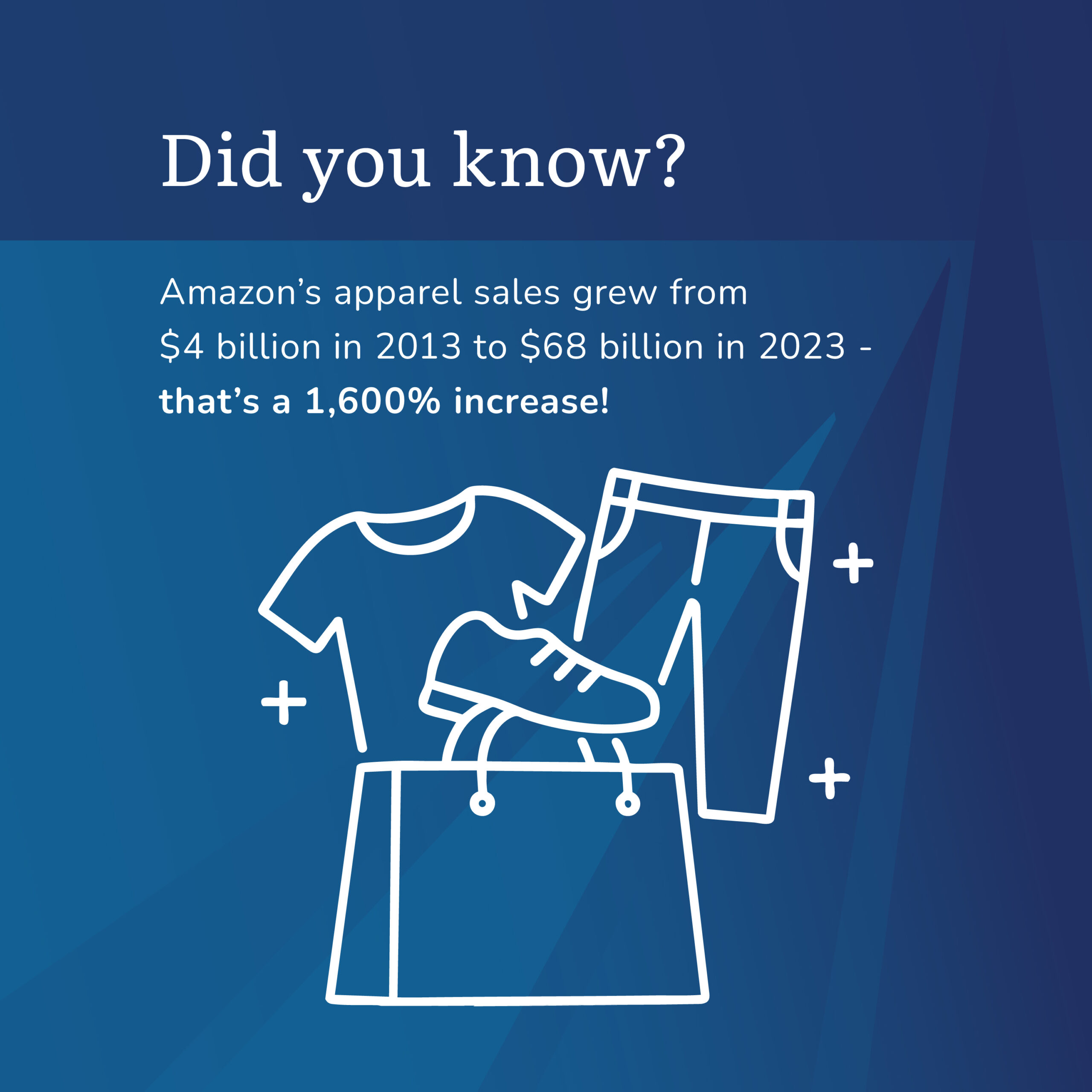Smart Money Moves for Teens: The Best Financial Literacy Apps
Why Financial Literacy for Teens Matters
Let’s face it—teaching teens about money can be tricky. But thanks to an ever-growing list of financial literacy apps, it’s never been easier (or more engaging) to help kids build healthy money habits.
I recently spoke with two clients who’ve been using the Greenlight app to help their children learn about budgeting and saving. They wanted to explore other tools, and it reminded me just how important it is to give teens practical ways to build financial confidence early.
Top Financial Apps for Teens
There’s no one-size-fits-all solution, but the best apps for teens combine education, security, and fun. Below, you’ll find options grouped by how your teen learns best—whether they’re ready to budget, save, earn, or do a little of everything.

Budgeting Basics: Help Teens Spend Smarter
These apps teach core budgeting skills in a way that’s approachable and intuitive.
YNAB (You Need a Budget)
- Best for: Teaching the “give every dollar a job” method
- Cost: Free 34-day trial; $14.99/month or $99/year
- Security: Bank-level encryption, no stored account credentials
Goodbudget
- Best for: Visual learners who like the envelope system
- Cost: Free basic version; Premium is $8/month or $70/year
- Security: Doesn’t connect directly to bank accounts, ensuring privacy
PocketGuard
Security: 256-bit SSL encryption
Best for: Avoiding overspending with simple budgeting tools
Cost: Free basic version; Plus is $4.99/month or $34.99/year
Savings & Investments: Make the Most of Every Dollar
These tools help teens grasp the power of saving and investing.
Acorns Early
- Best for: Turning spare change into long-term investments
- Cost: $5/month for family accounts
- Security: Bank-level encryption and secure servers
Qapital
- Best for: Goal-based savings using rules (like rounding up purchases)
- Cost: Plans start at $3/month
- Security: FDIC-insured accounts, robust encryption
Earn & Learn: Where Chores Meet Financial Literacy
These apps link effort to income—turning chores into opportunities to earn, save, and give.
BusyKid
- Best for: Teaching responsibility through chores
- Cost: $3.99/month or $38.99/year
- Security: 256-bit encryption, strong parental controls
Greenlight
- Best for: All-in-one tool with allowance, spending, and investing
- Cost: Plans start at $4.99/month for up to five kids
- Security: FDIC-insured, real-time alerts, parental oversight
All-in-One Solutions: Banking and Budgeting in One App
These apps simulate real-world banking, giving teens a holistic look at managing money.
FamZoo
- Best for: Creating a “family bank” model at home
- Cost: $5.99/month or discounted annual plans
- Security: Doesn’t link to outside bank accounts, reducing risk
GoHenry
- Best for: Younger teens learning the basics
- Cost: $4.99/month per child
- Security: Parent-controlled, real-time spending alerts
What to Look for: Security and Privacy
When choosing a financial app, safety is just as important as usability. Here are key features to prioritize:
- Bank-level encryption to protect data
- Parental controls and approval features
- FDIC insurance for any stored funds
- Clear privacy and data-sharing policies
- App-level authentication (e.g., passcodes, biometrics)
- Ability for teens to review transactions
- Limited or restricted peer-to-peer transfers
Why Early Financial Education Pays Off
Teaching teens about money isn’t just a nice-to-have—it’s essential. These early lessons can shape their relationship with money for life.
Here’s what they gain:
- Foundational knowledge that builds confidence
- Greater independence when managing allowances or part-time income
- Fewer mistakes with credit and debt later in life
- A head start on investing and compound growth
- Better decision-making about college, cars, and rent
- Lower financial stress as adults
Building a Brighter Future
These apps are powerful tools—but they work best when paired with real-life conversations. Talk with your teens about budgeting, saving, and financial goals. Let them help with everyday money decisions. It’s not just about downloading an app—it’s about building confidence and values that last a lifetime.
With the right tools, guidance, and a little practice, today’s teenagers can become tomorrow’s financially savvy adults.
Want Help Teaching Teens Financial Literacy?
If you’d like to integrate financial literacy into your family’s financial plan and give your children the tools they need for financial success, we’re happy to help. Connect with us to get started.
Categories
Recent Insights
-

Rebuilding Financial Confidence After Divorce: Managing Risk & Moving Forward
Divorce is not just an emotional transition—it’s a financial one, too. The process of separating assets, redefining financial goals, and adjusting to a new financial reality can feel overwhelming. But with the right mindset and strategies, you can regain control and build a future that aligns with your new chapter in life. Understanding Financial Risk…
-

Giving with Pride: Smart Strategies for LGBTQIA+ Donors
Understanding the Landscape of LGBTQIA+ Philanthropy LGBTQIA+ donors are uniquely positioned to drive meaningful change, but the philanthropic landscape remains complex and underfunded. Historically, LGBTQIA+ organizations have faced significant challenges in securing resources, often competing with larger, more established nonprofits for limited funding. This disparity highlights the importance of strategic giving to ensure that your…
-

How to Build Lasting Relationships that Propel Your Business and Elevate Your Community
As business leaders, our role in the community extends beyond charitable acts—it’s a strategic initiative that strengthens both our businesses and the communities we serve. Building meaningful community partnerships is not just about doing good; it’s about doing it strategically to foster deeper relationships, enhance your brand, and make a lasting difference. But where do…
-

Talk Your Chart | From Tax Trends to Firing a God Portfolio: Economic Insights | Episode 68
In Episode 68 of Talk Your Chart, Marcos and Brett dive into a jam-packed discussion of economic trends, market psychology, and long-term investing. From tax receipts and Social Security’s ticking clock to why even a ‘God’ portfolio gets fired—this one covers it all and more. Charts available for download here.
-

The Other Behavioral Gap: Why Total Return Investing Could Be the Key to Your Financial Freedom
What is the Other Behavioral Gap: If you’ve been investing for a while, you’re likely familiar with the first major behavioral gap: emotional investing that is driven by fear or greed. These forces drive you to buy high and sell low. It’s a pattern that often shows up when market fluctuations cause knee-jerk reactions. But…
